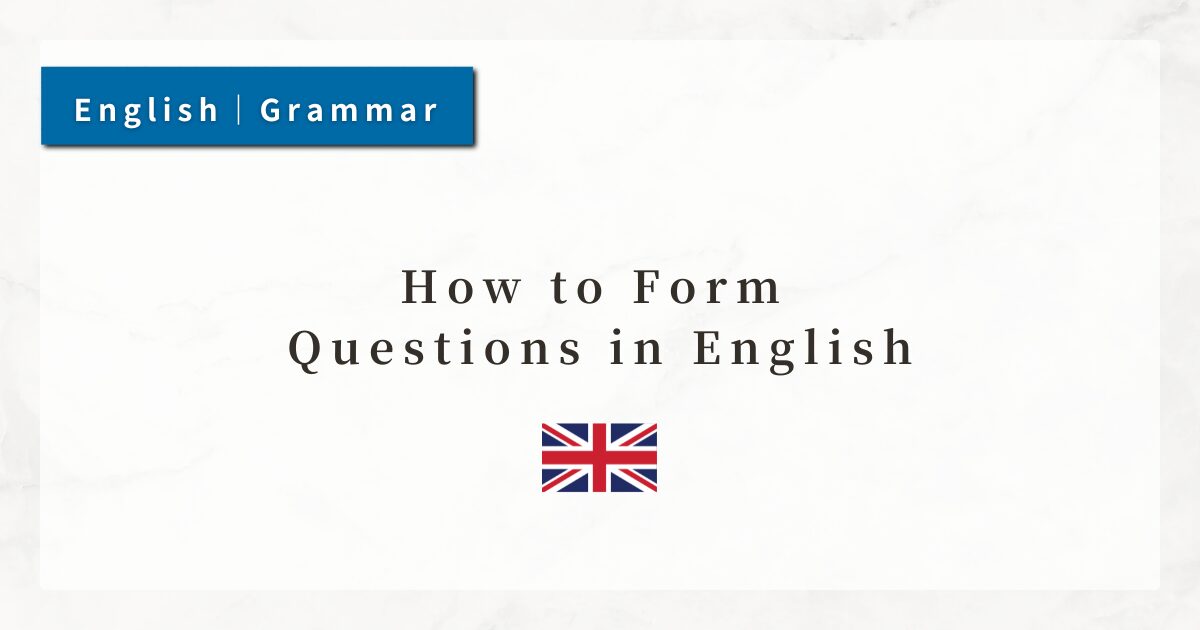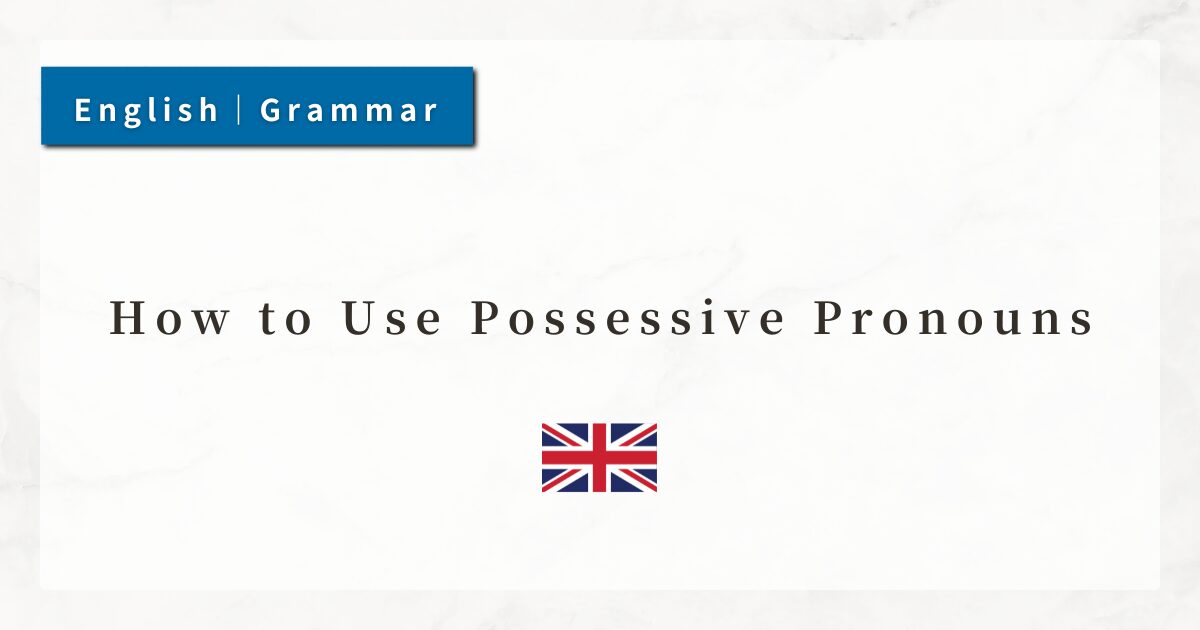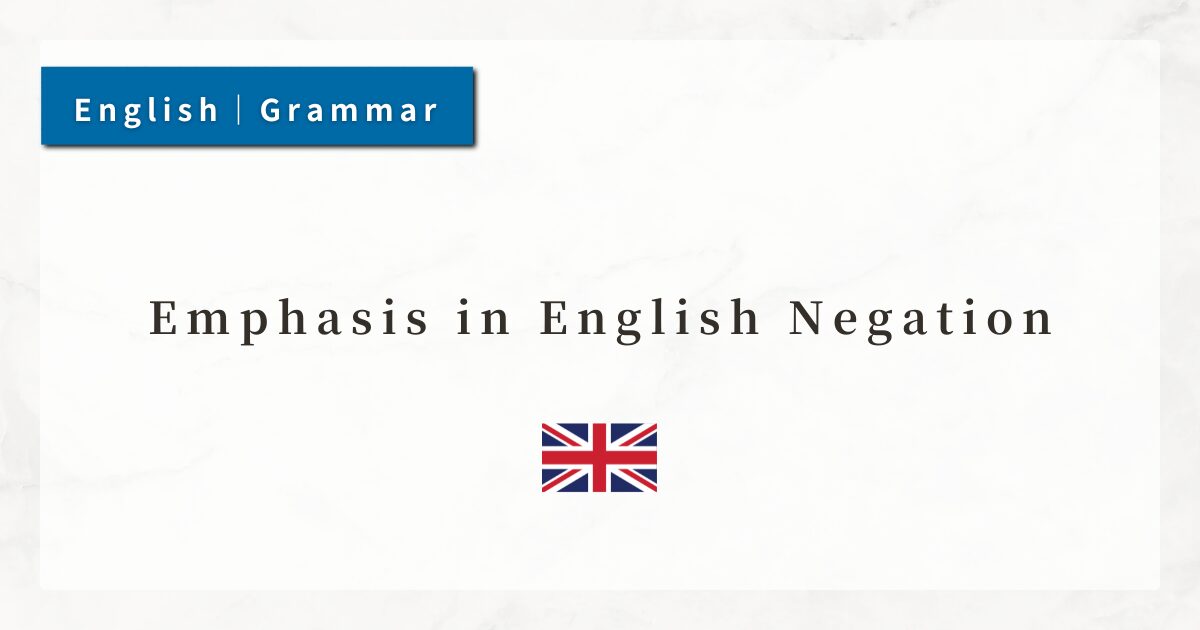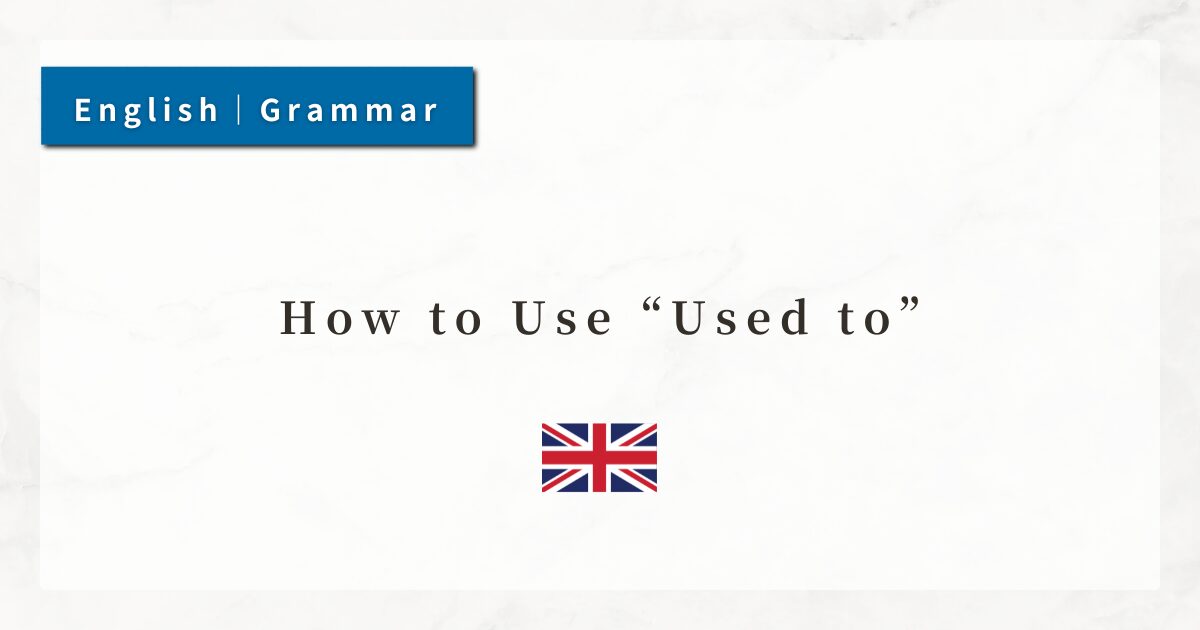#6 The Use of Personal Pronouns|List of Subjective and Objective Cases with Examples

When constructing English sentences, personal pronouns are indispensable. Words such as I, you, and he appear frequently in both spoken and written English.
These words are convenient because they allow us to avoid repeating names of people or things. Moreover, their forms change depending on whether they are used as the subject or as the object in a sentence.
In this lesson, I will explain the types and uses of English personal pronouns in detail, with example sentences.
1. Basics of Personal Pronouns
1-1. What Are Personal Pronouns?
Personal pronouns are pronouns that refer to people, things, or animals in a sentence. In English, their forms change depending on their function within the sentence.
- Tom is a teacher. He is kind.
→ In the second sentence, instead of repeating Tom, I use he.
Thus, personal pronouns are very useful in both conversation and writing because they eliminate unnecessary repetition.
1-2. Classification by Function in a Sentence
Personal pronouns change form depending on their grammatical function.
| Term | Function | Example |
|---|---|---|
| Subjective Case | Serves as the subject | I am a student. |
| Objective Case | Serves as the object of a verb or preposition | She likes me. |
Since every English sentence requires a subject, the subjective case appears very frequently and is typically placed at the beginning of a sentence.
1-3. List of Subjective and Objective Cases
| Person | Subjective Case (Subject) | Objective Case (Object) | Notes |
|---|---|---|---|
| First person singular | I | me | “I” is the only English pronoun always written with a capital letter |
| Second person singular/plural | you | you | Same form for both singular and plural |
| Third person singular (male) | he | him | Distinguishes gender |
| Third person singular (female) | she | her | Distinguishes gender |
| Third person singular (thing/animal) | it | it | Used for inanimate objects and abstract concepts |
| First person plural | we | us | Refers to groups including the speaker |
| Third person plural | they | them | Used for three or more, or mixed gender groups |
2. Key Points in Using Personal Pronouns
2-1. Subjective Case: The Subject of a Sentence
The subjective case corresponds to the “doer” of the action, placed before the verb.
- I am happy.
- He goes to school.
Subjective pronouns often replace names and are placed before verbs.
2-2. Objective Case: After Verbs or Prepositions
The objective case follows verbs or prepositions. It represents the target or receiver of the action.
- She loves him.
- Can you help me?
- Give it to us.
The object is the “receiver of the subject’s action” in the sentence.
2-3. Special Feature of you: Same Form for Singular and Plural
In English, you is used for both singular and plural subjects, so the meaning must be determined from context.
- You are my friend. → Singular
- You are my students. → Plural
Since the verb form (are) remains the same, the number is usually indicated by a plural complement, as in students.
2-4. The Use of it: Things, Situations, Weather, and Time
The pronoun “it ” is used for inanimate objects, animals, situations, weather, and time.
- It is sunny today.
- I like this book. I read it every night.
English sentences always require a subject, and in many cases, “it ” fulfills this role.
3. Summary
- Personal pronouns replace names and are divided into subjective and objective cases.
- Subjective: I, you, he, she, we, they
- Objective: me, you, him, her, us, them
- You is used for both singular and plural.
- It is used for things, animals, situations, weather, or time.
- Since every English sentence requires a subject, subjective pronouns at the beginning of a sentence are especially important.
- After verbs or prepositions, objective pronouns must be used.




